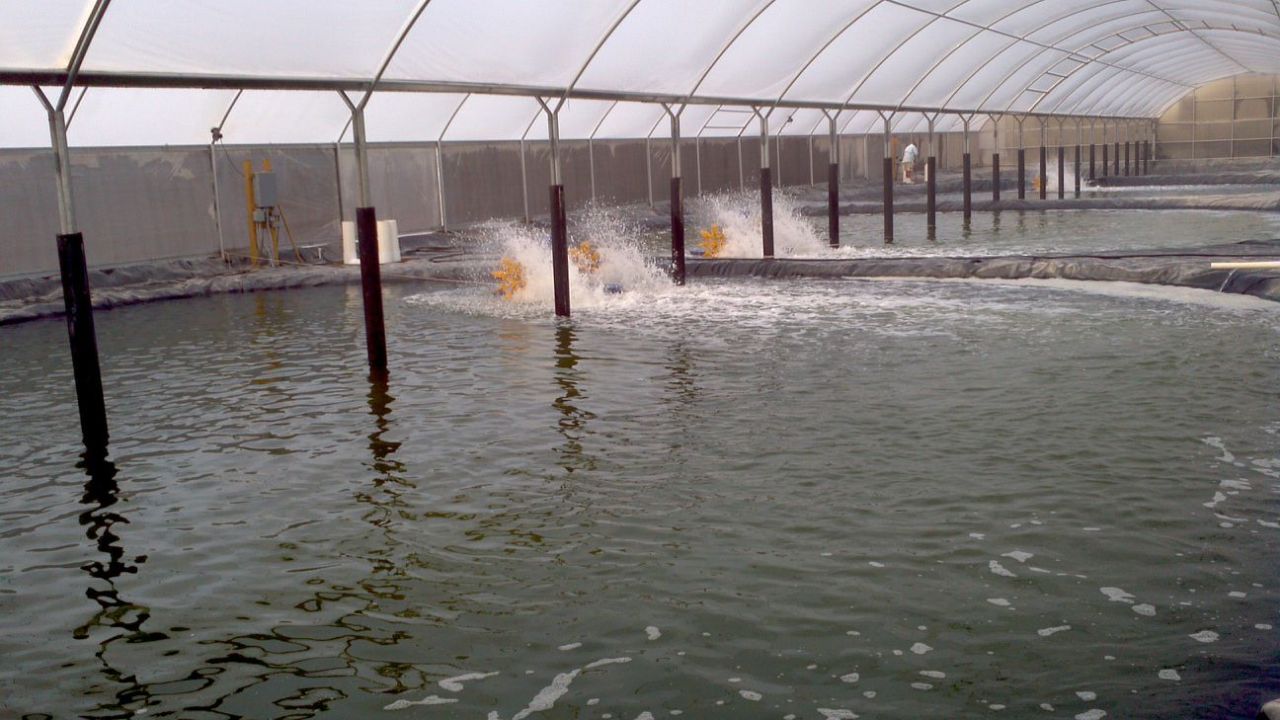
Facing emerging viral problems and rising energy costs, the use of biofloc technology in biosecure systems offers an answer for sustainable shrimp aquaculture.
The main attributes of biofloc systems in reducing disease risk include the fact that low water exchange improves pathogen exclusion. The aeration that keeps bioflocs suspended provides stable water quality. The diverse and stable microbial community stimulates shrimp immune systems and limits the development of opportunistic species. The suspended biofloc is also available as feed for shrimp.
Highly areated biofloc shrimp culture ponds feature stable and sustainable production.
Biofloc is defined as a collection of macroaggregates – diatoms, macroalgae, fecal pellets, exoskeletons, remains of dead organisms, bacteria and invertebrates. It is a live colony of macroaggregates and bacteria suspended in the water column. Presently, studies by several major universities and private companies are using biofloc as a single-cell protein source for aquafeeds. According to some authors, biofloc’s crude protein content ranges 35.0 to 50.0%, and its crude lipids represent 0.6 to 12.0% of volume.
Biofloc systems offer stable and sustainable production, as they support selfnitrification within fish or shrimp culture ponds with zero water exchange. In biofloc systems, algae develop first, followed by a transition with foam formation, then brown biofloc develops. This can take a few weeks, depending on the culture biomass in pond water. Transitioning is fast with tilapia, but takes longer with shrimp.
Biofloc Technology
Biofloc technology for commercial scale shrimp culture in large ponds is simple, yet in a way complex. Basic conventional procedures need to be followed, in conjunction with the biofloc technology methods. Procedures must be adjusted relative to changes in the culture water environment and shrimp behavior, such as health and growth.
To achieve best results, only specific pathogen-free postlarvae should be stocked. Once ponds are stocked, a major factor to control is biofloc volume. Using Imhoff cones for assessment, biofloc volumes need to be maintained below 10 mL/L for full biofloc and 5 mL/L for semi-biofloc systems. Green or brown water is acceptable, but black water is an indicator of abnormal conditions.
Sampling with Imhoff cones indicates biofloc volume, a major factor to control after ponds are stocked.
Grain pellets and molasses supply carbon as needed. Generally, grain applications vary from 15 to 20% of the total feed used during operations in early culture stages and increases to 25 to 50% near harvest, depending on the system applied, either full or semi-biofloc.
Aerators help suspend the bioflocs in the pond water – a main requirement for maximizing the potential of microbial processes in shrimp culture ponds. Dissolved-oxygen concentrations need to be monitored frequently to keep levels higher than 4 mg/L. Especially in biofloc systems, aerators need to be constantly monitored for malfunctions and repaired or replaced without delay, as the aerators need to operate at least 22 hours a day. The suspended biofloc must be readily available as feed for shrimp.
Pelleted grain, a mixture of ground wheat, corn and soy with a protein level between 14 and 18%, and molasses are used to sustain carbon:nitrogen (C:N) ratios above 15. Water stability of pelleted grain needs to be between 15 and 20 minutes. This provides an inexpensive organic substrate on which bioflocs can develop, in addition to increasing C:N ratio. Shrimp feed could be high in protein (35 to 40%) or low in protein (29 to 30%). Molasses can be applied two or three times weekly at 15-20 kg/ha.
The advantages of better yield, survival and feed conversion for Penaeus semisulcatus shrimp using grain pellets with wheat flour as a carbon source were proven in 2010 research by Mohamed Megahed. In addition to typical chemicals such as dolomite and lime, kaolin applied at 50-100 kg/ha is required in the preparation of pond water and during operation. Kaolin particles suspended in pond water are thought to become the nucleus of the biofloc community in pond water.
Environmental Control
Paddlewheel aerators need to be positioned correctly to accumulate sludge in the centers of ponds, continuously suspend biofloc in pond water and maintain high dissolved-oxygen levels. Energy input related to the horsepower of the aerators must be correlated to stocking density.
Accumulated sludge needs to be drained out periodically. Limit water exchange to only topping up when required. Generally, in pond water with salinity of 20 to 30 ppt and temperature between 25 and 30° C, dissolved-oxygen and pH levels will be stable, but alkalinity will decrease, which needs to be controlled. Levels of total ammonia nitrogen and nitrate will be higher than in conventional systems.
Performance In Biofloc Systems
Biofloc technology has been successfully applied commercially with Litopenaeus vannamei shrimp in Belize by Belize Aquaculture. It also has been used with success in Indonesia, achieving shrimp production of nearly 50 mt/ha in small research ponds and over 20 mt/ha from commercial ponds, with feed-conversion ratios between 0.98 and 1.30.
A combination of two technologies, partial harvesting and biofloc, has been studied by the author in northern Sumatra, Indonesia. Production performance in the combination system was higher than expected. One 2,500-m2 pond produced 12.37 mt (49.48 mt/ha) through six partial harvests with a feed-conversion ratio of 1.11. The technology was successfully commercialized in Malaysia using a semi-biofloc system with average production of 15.00 mt/ha. One advantage in marketing the shrimp cultured in biofloc systems is their dark color at harvest, which turns red when the shrimp are cooked.
Enhanced Biosecurity
With emerging viral problems and rising costs for energy, biosecurity with biofloc technology appears to be an answer for sustainable production. Large shrimp farms that initiated biofloc technology in Sumatra, Indonesia, from late 2002 to 2007 did not experience white spot syndrome outbreaks.
As at other farms in the vicinity, Arca Biru shrimp farm (Blue Archipelago Berhad) was faced with serious impacts from white spot syndrome virus (WSSV) before a redesign. Although viral incidents were common in the vicinity, the operation was a success without viral outbreaks during the cycle with a biosecure biofloc system.
A large-scale integrated shrimp aquaculture project was started by Blue Archipelago Berhad in 2009 with a goal to complete 600 ponds and reservoirs for raising Pacific white shrimp, Litopenaeus vannamei, on 1,000 ha of land at Setiu in the state of Terengganu, northeast of Kuala Lumpur, Malaysia. The first stocking was initiated in October 2011. A total of 144 ponds were in operation in mid-November 2012. No incidents of white spot syndrome or early mortality syndrome has been reported at the facility.
Other Attributes
Other reports have also shown the effects of biofloc production. A small, family-owned shrimp farm located in Bali at Kubu, for example, raises specific pathogen-free L. vannamei in ponds that apply basic biofloc technology with zero water exchange. Ample aeration and well-controlled dissolved-oxygen concentrations maintain good water quality in the culture environment. The farm has consistently produced 45-55 mt/cycle since 2009 without white spot or infectious myonecrosis outbreaks.
In 2013, Su-Kyoung Kim and coworkers studied the effects of biofloc on the growth and immune activity of L. vannamei postlarvae. They found that the dense microbial population associated with the bioflocs induced a permanent trigger for the development and maintenance of the shrimp immune systems.
Recent studies by In-Kwon Jang found more than 2,000 bacterial species in well developed biofloc water. Based on mRNA expression of six immune-related genes, bioflocs may enhance immune activity.
At a December 2013 workshop on biofloc technology and shrimp diseases conducted in Ho Chi Minh City, Vietnam, Julie Eskahari reported the application of biofloc technology brought about beneficial effects in disease control and management in shrimp culture. Wilson Wasielesky and co-workers showed that biofloc and biosecurity were successful in preventing WSSV in southern Brazil.
The author also described applications of biofloc system as biosecurity in preventing diseases in shrimp culture (Table 1).
Table 1. Characteristics of biofloc systems pertinent to biosecurity.
Source: Nyan Taw, Ph.D., Technical Consultant, Blue Archipelago Berhad, Malaysia – The Advocate – Global Aquaculture Advocate magazine – January/Feb


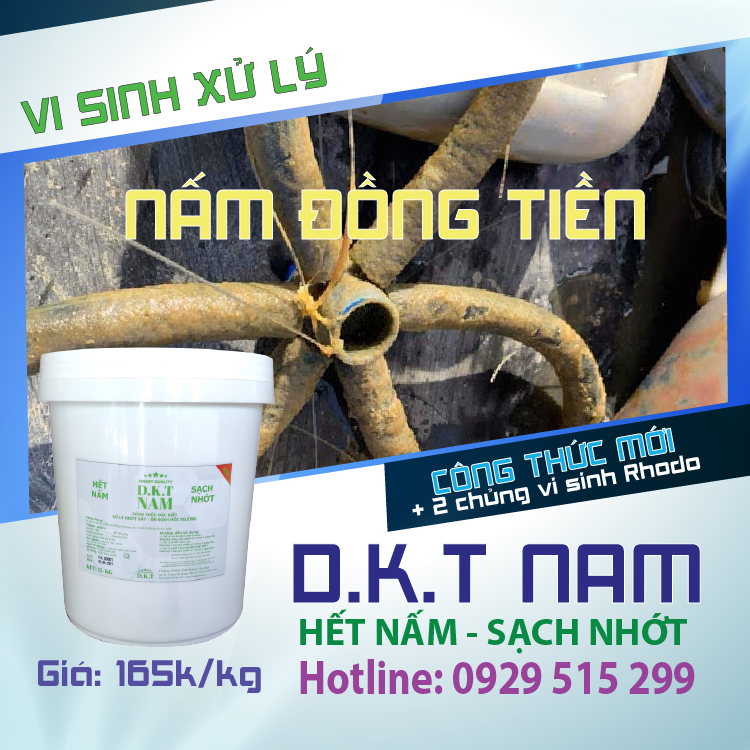




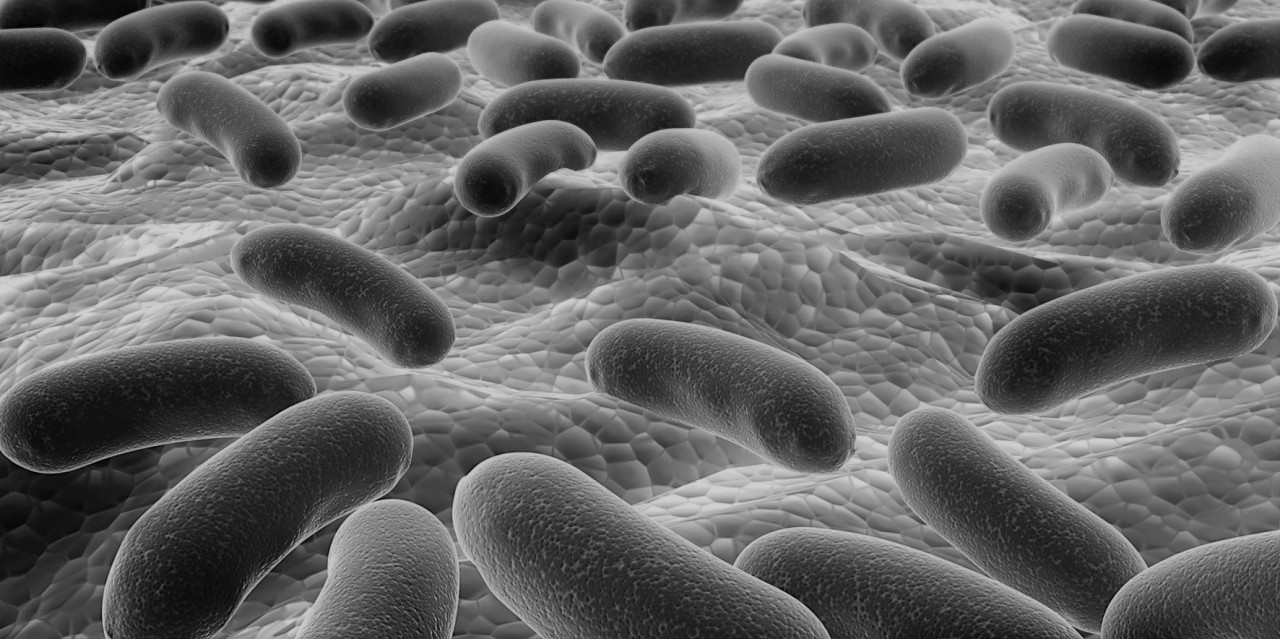
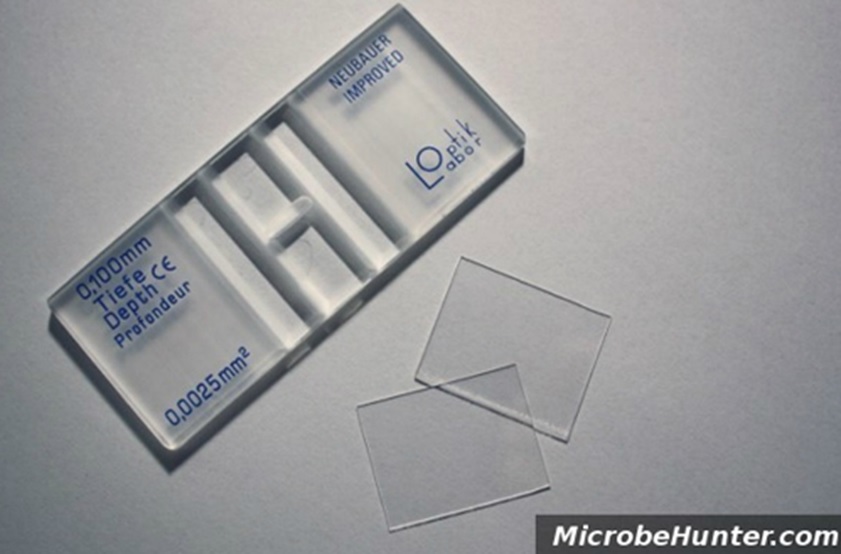
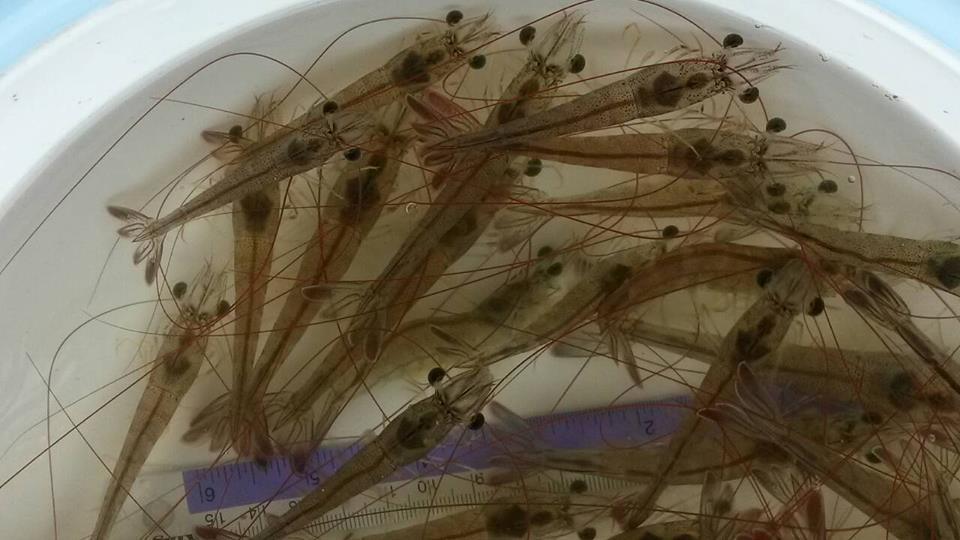
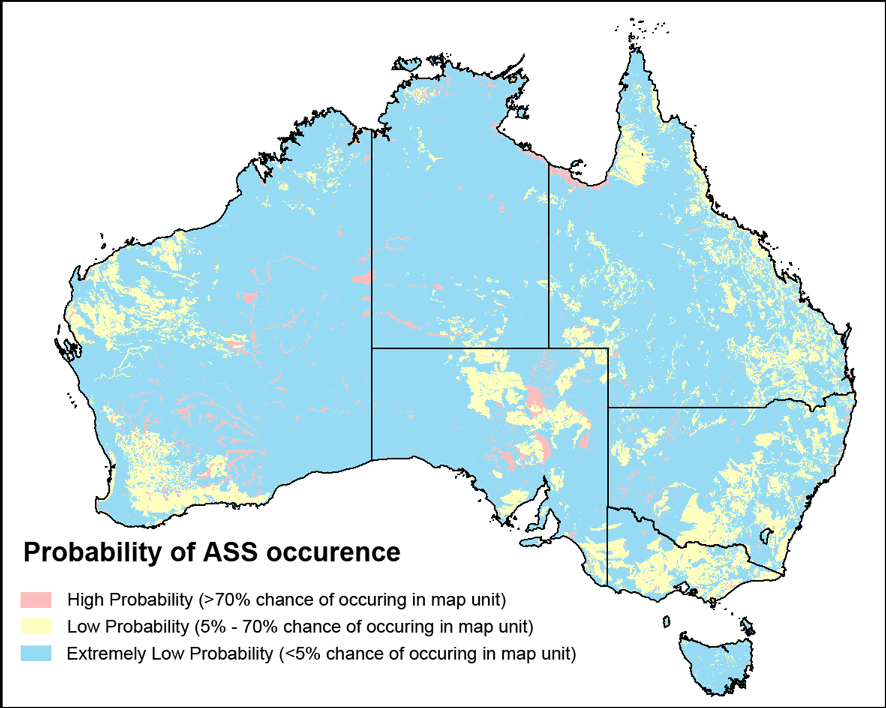

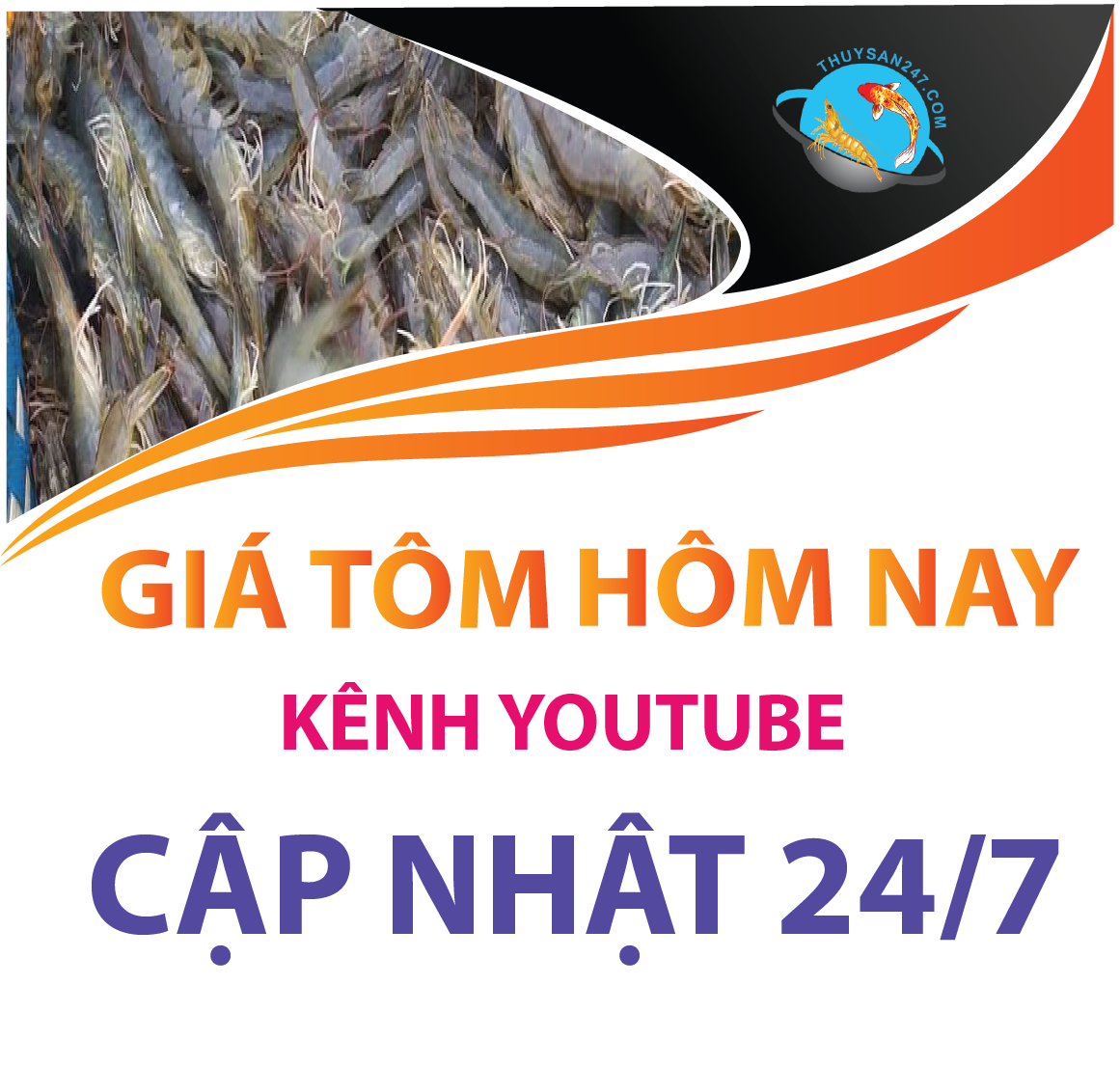
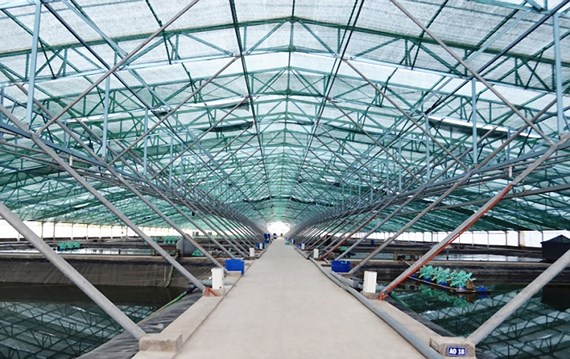

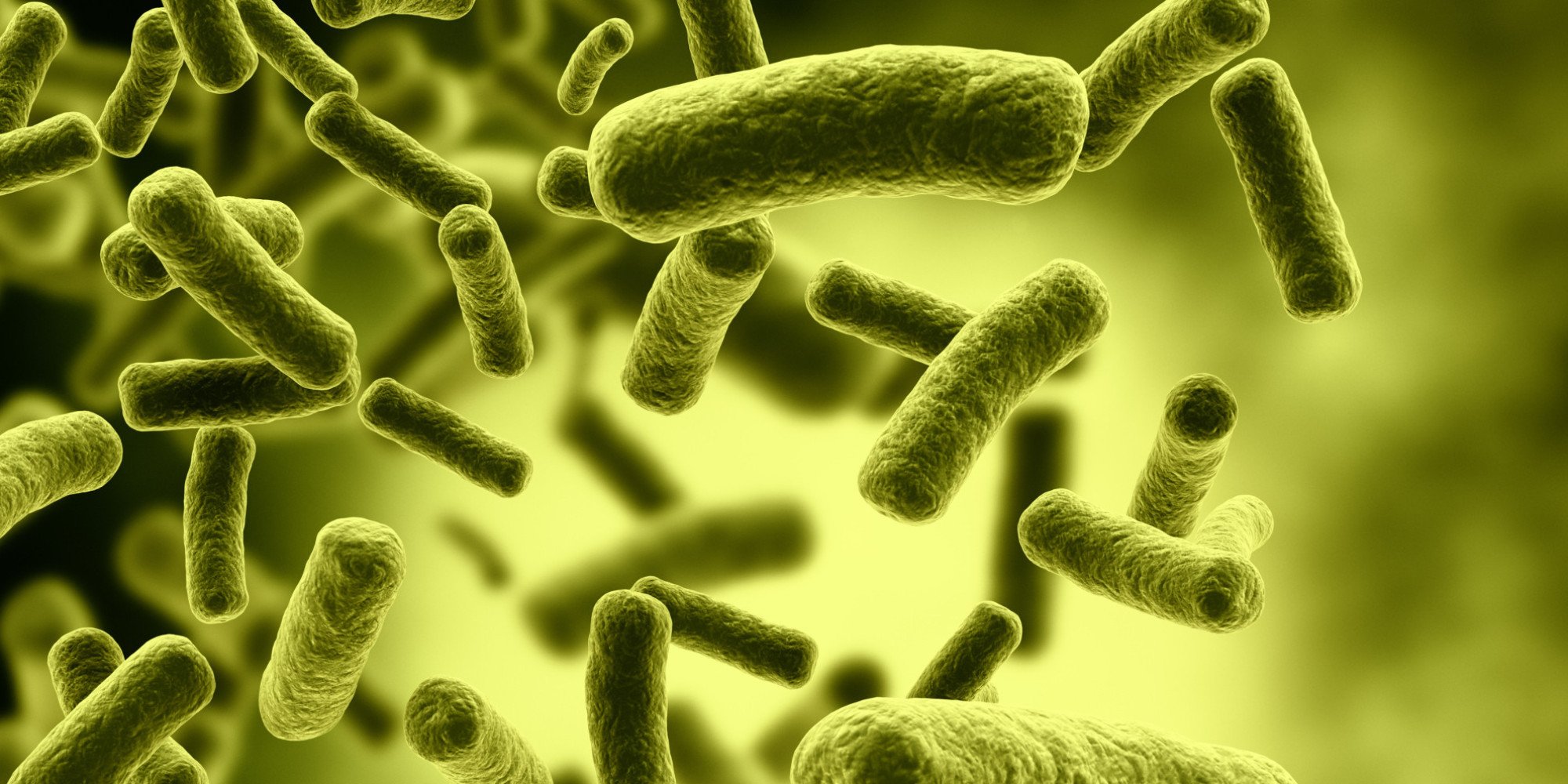
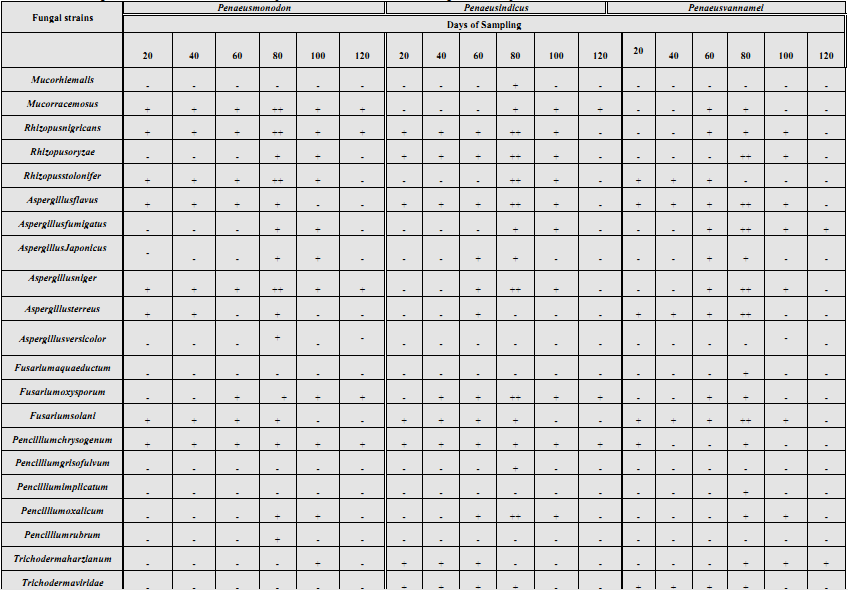
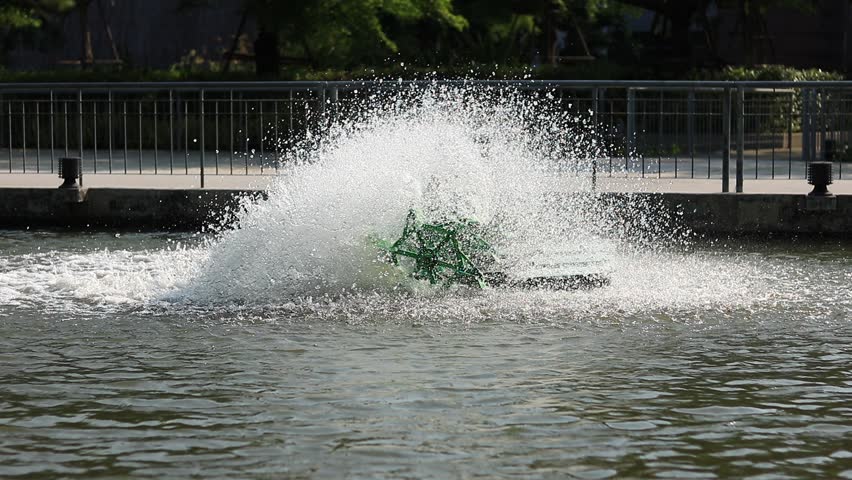
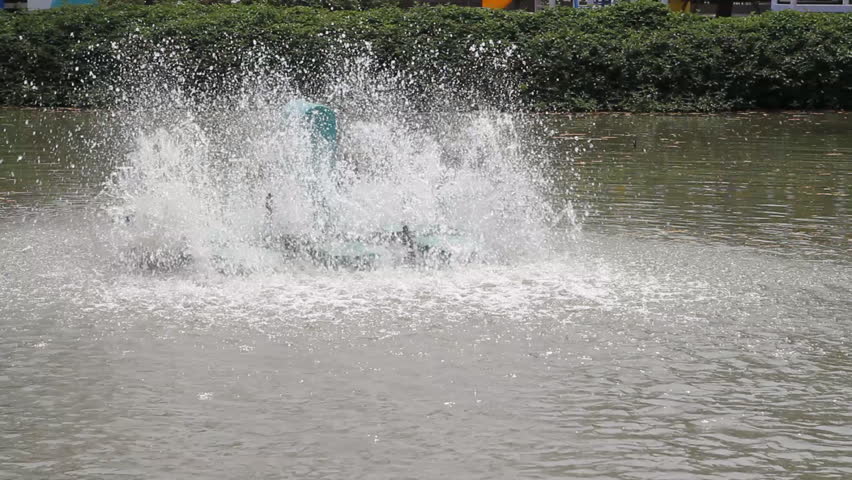
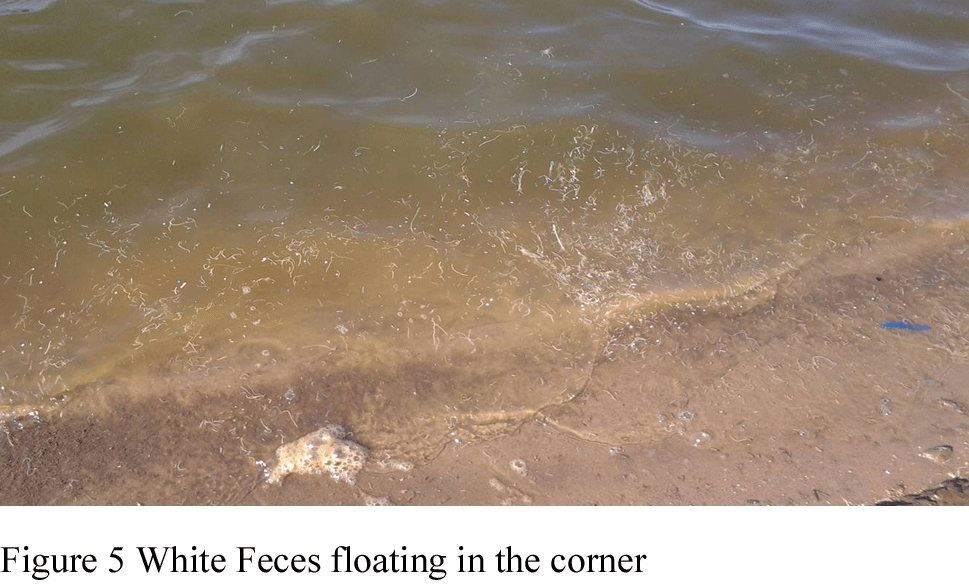
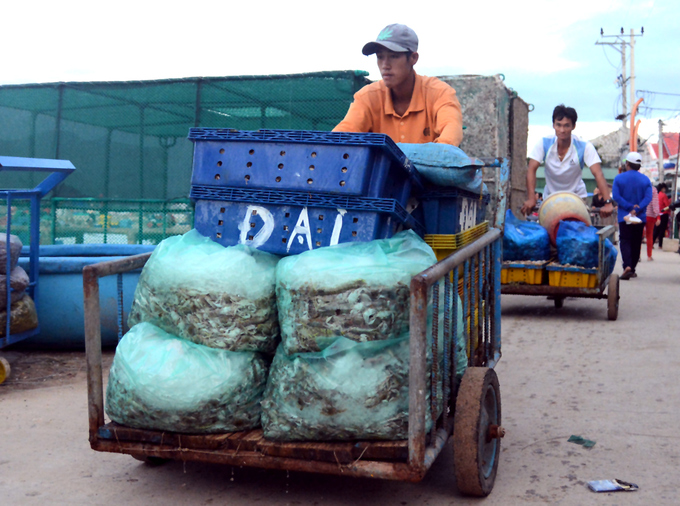

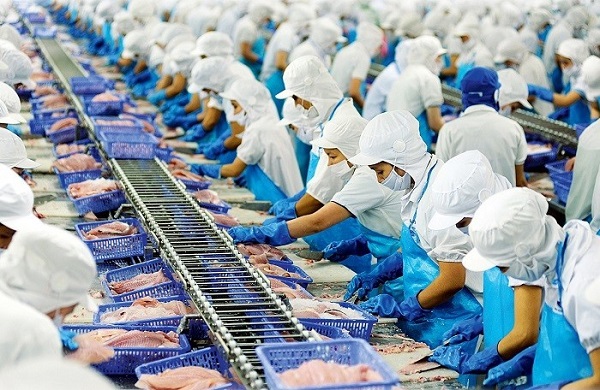
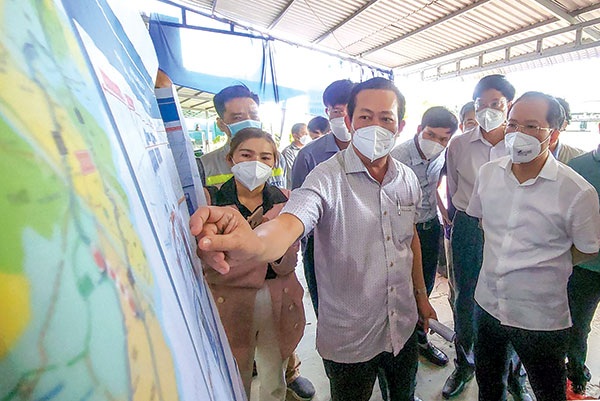
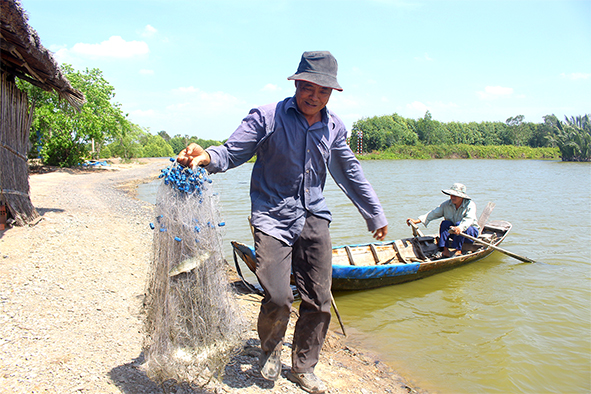
Bình luận bài viết